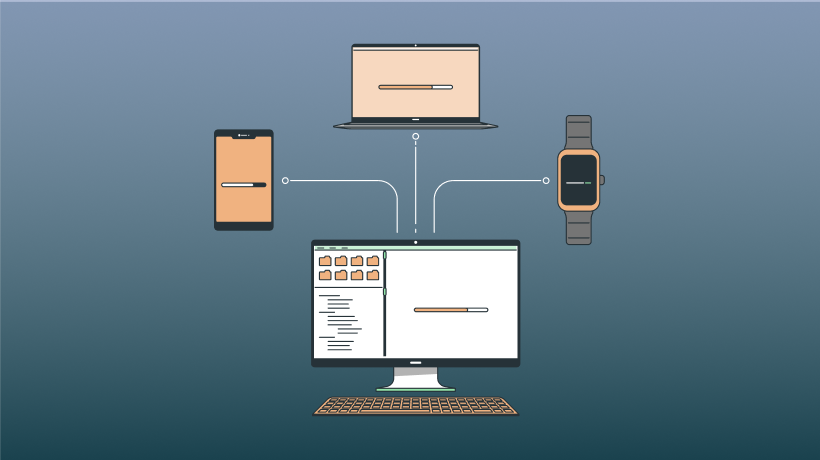

Practitioners must spend many person-hours manually reviewing the data to recommend corrections for product name, commodity name, accurate coding, and multiple use cases (i.e., internal expense, customer orders, etc.).
The goal is to correctly classify the data so that procurement category managers can categorize all spending and optimize procurement’s leverage opportunity to drive cost reductions and value add improvements such as supply base optimization.
However, person-hours are limited today, so what can be done to map data to a structured and enriched catalog which will lead to consolidated spending per vendor, improved cost, improved process compliance, and reduced risk?
Best practice recommends developing a project plan to improve data quality by 10% to 20% each year for 3 to 5 years. Doing so will result in spending data that accurately maps to the appropriate commodity codes at a rate in the 65% to 80% range enabling the company to rely on the projected cost savings.
The project plan should include a spend analytics solution with an outsource provider that will provide human assets to assist your team in improving data through an easy-to-use mapping solution so changes can be tracked to recover lost savings and enhance reporting of analytics, thus reducing wasted management effort on analyzing inadequate quality data.
ROI will rely on increased negotiation leverage based on consolidated spending, leading to lower costs, better forecasting of need based on data insights, and improved supplier adherence to KPI, enabling inventory turns, meeting customer KPI, and enhancing the organization’s brand perception.
Like to learn more about this topic?
If you would like to explore ways business process outsourcing (BPO) could help your business due to resource constraints and talent gaps, please contact us to discuss how we can help meet your needs.
Other Blog Articles
The Accurate Calculation of Employee and Consultant Costs Opens New Doors for Your Business
Cleansing Master Data for better purchasing and supply chain decisions
Know the blind spots when implementing Digital Procurement
Increase Adoption of Procurement and Payment Technology
Outsourcing of Sourcing and Procurement Processes
Top ten contract pitfalls to avoid
Role of a Category Management function of the future
Mastering Procurement: The 7 R’s to Success
Navigating the Waters: A Guide to Incoterms in Procurement & Supply Chain
Other Customer Success Stories
We helped our client reduce their past due payments from >40% to less than 5%
We have helped the Client automate vendor payments from less than 10% via ACH to >95%
We automated expediting and supplier follow-ups
We reduced maverick spending by 75% and increased savings by 10%
We renegotiated agency rates and reduced the rate card by 20%

Interested?
If interested in further exploring this
issue, please get in touch with
to schedule a call or ask questions.
Interested?
If interested in further exploring this
issue, please get in touch with
to schedule a call or ask questions.
Related and Recent Blogs
Blog
A Guide to Incoterms in Procurement & Supply Chain
Blog
Top ten reasons contractual arrangements with suppliers fail to obtain the value envisioned by the contract writers.
Blog
As indicated in the earlier blogs, approximately 70% of digital technology initiatives fail to deliver the value envisioned worldwide when the contract is signed…
Blog
In a 2021 survey, 55% of European companies said the COVID-19 pandemic had increased the demand for digitalization…
Blog
Organizational objectives related to spend analytics typically aim to better inventory planning and reduce inventory by cleansing the item master data…
Blog
As indicated in the earlier blogs, approximately 70% of digital technology initiatives fail to deliver the value envisioned worldwide when the contract is signed…
blog
blog
blog
blog
blog
blog







